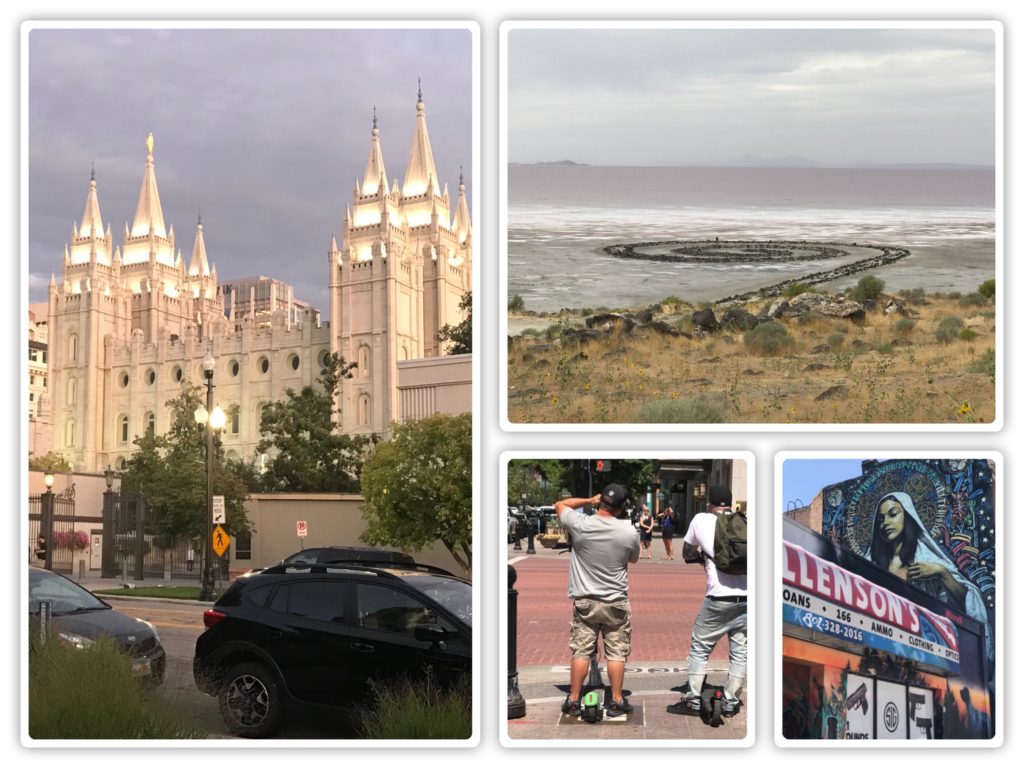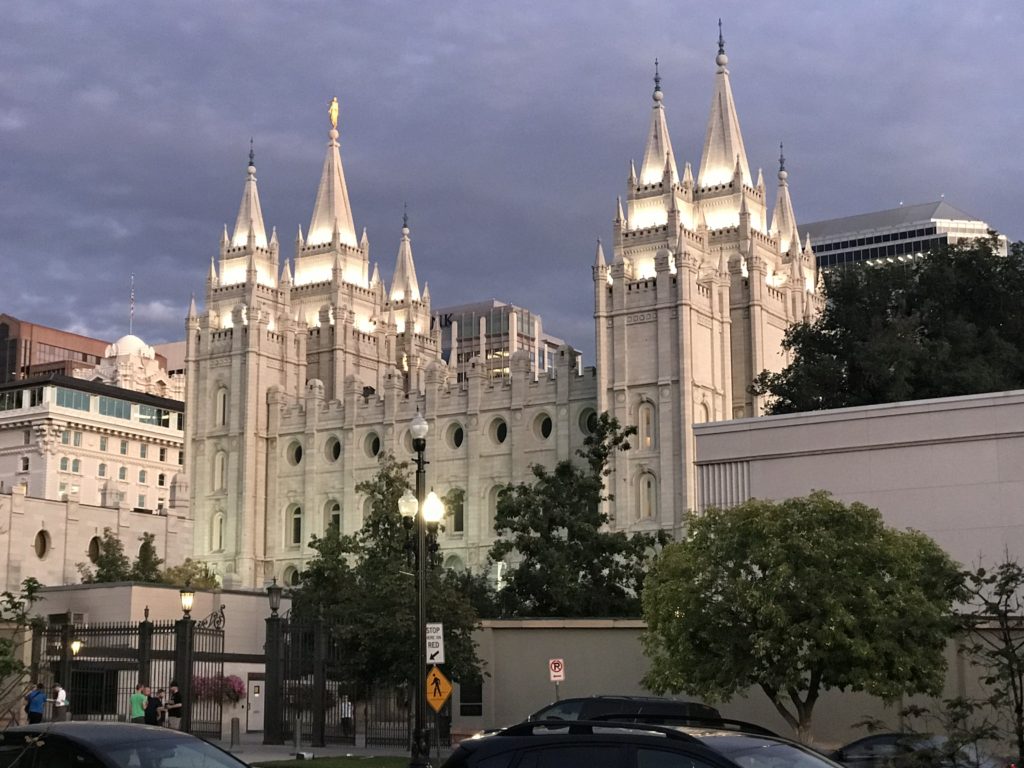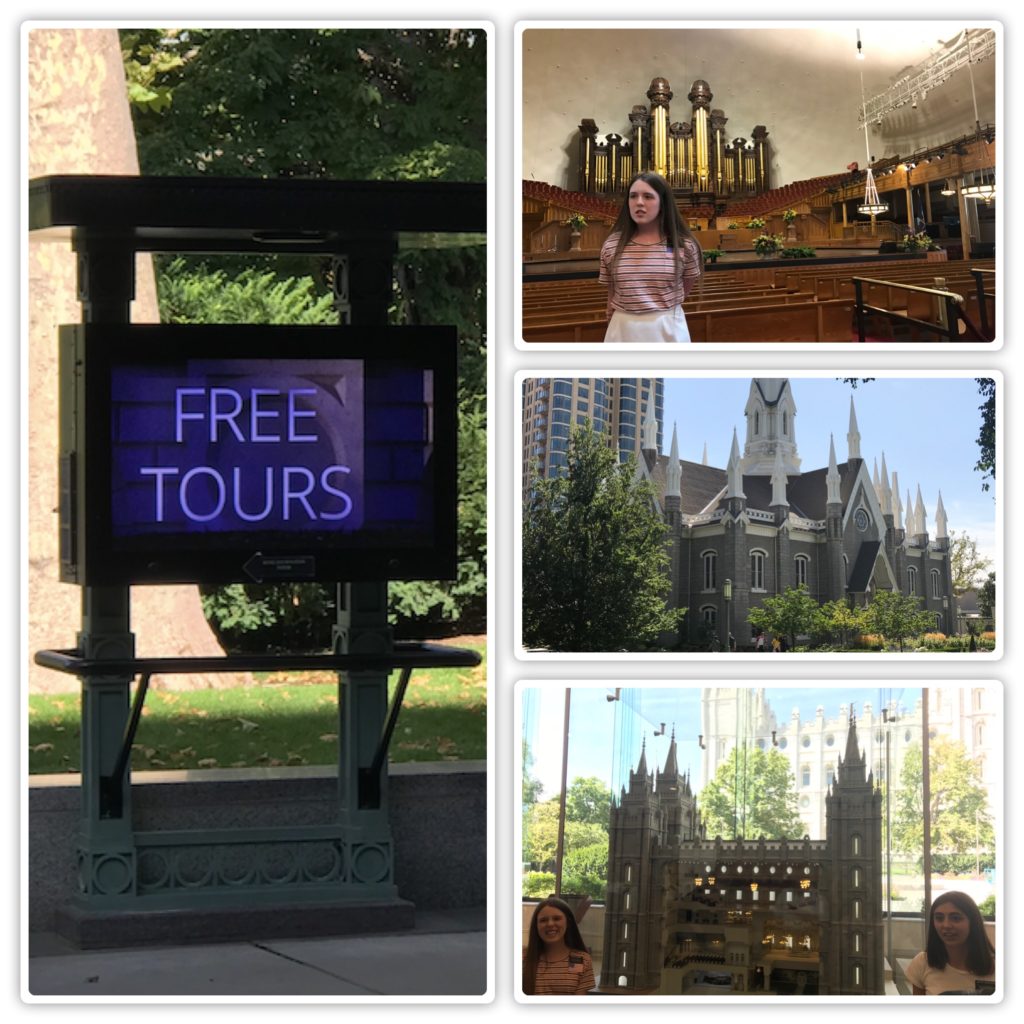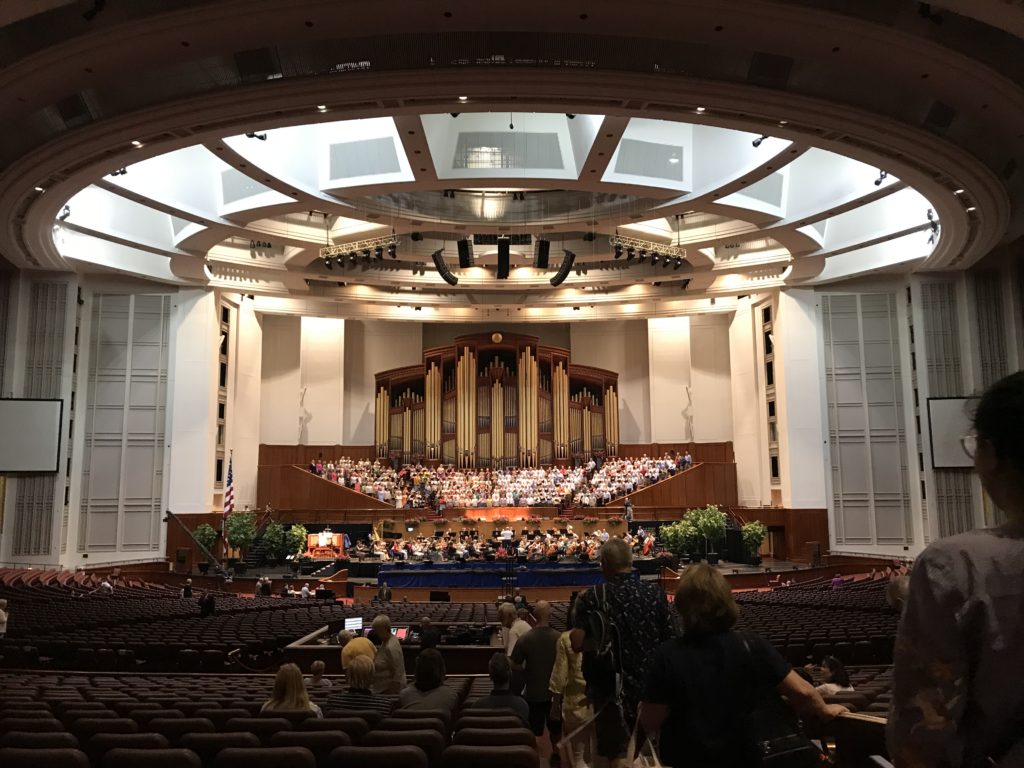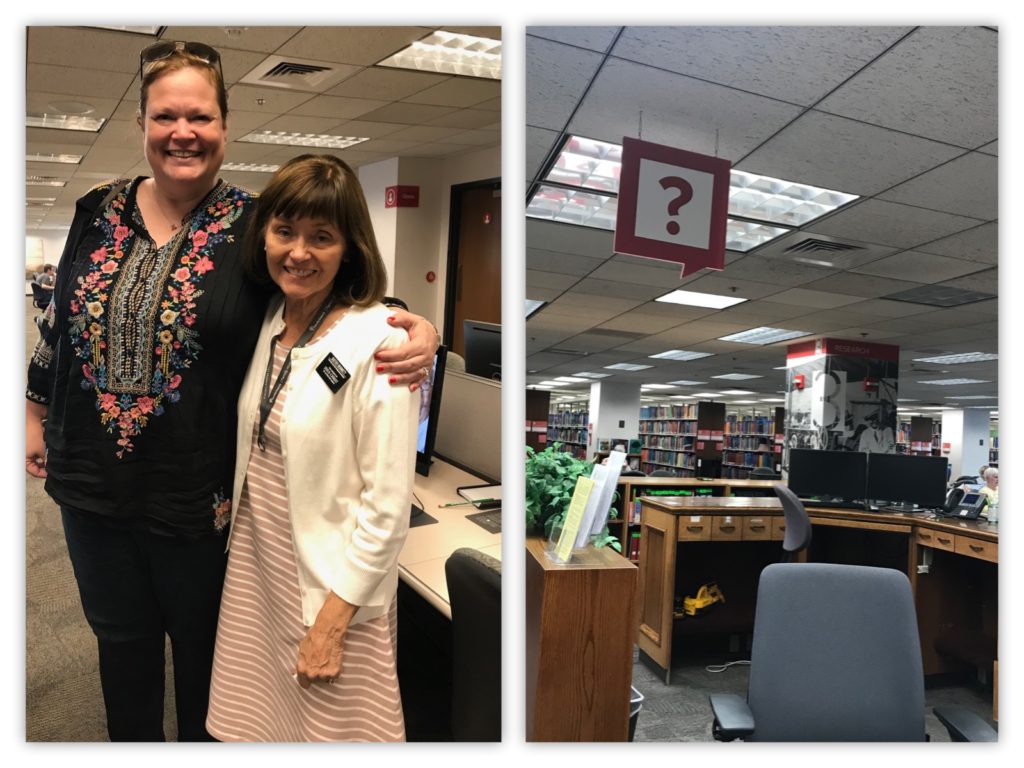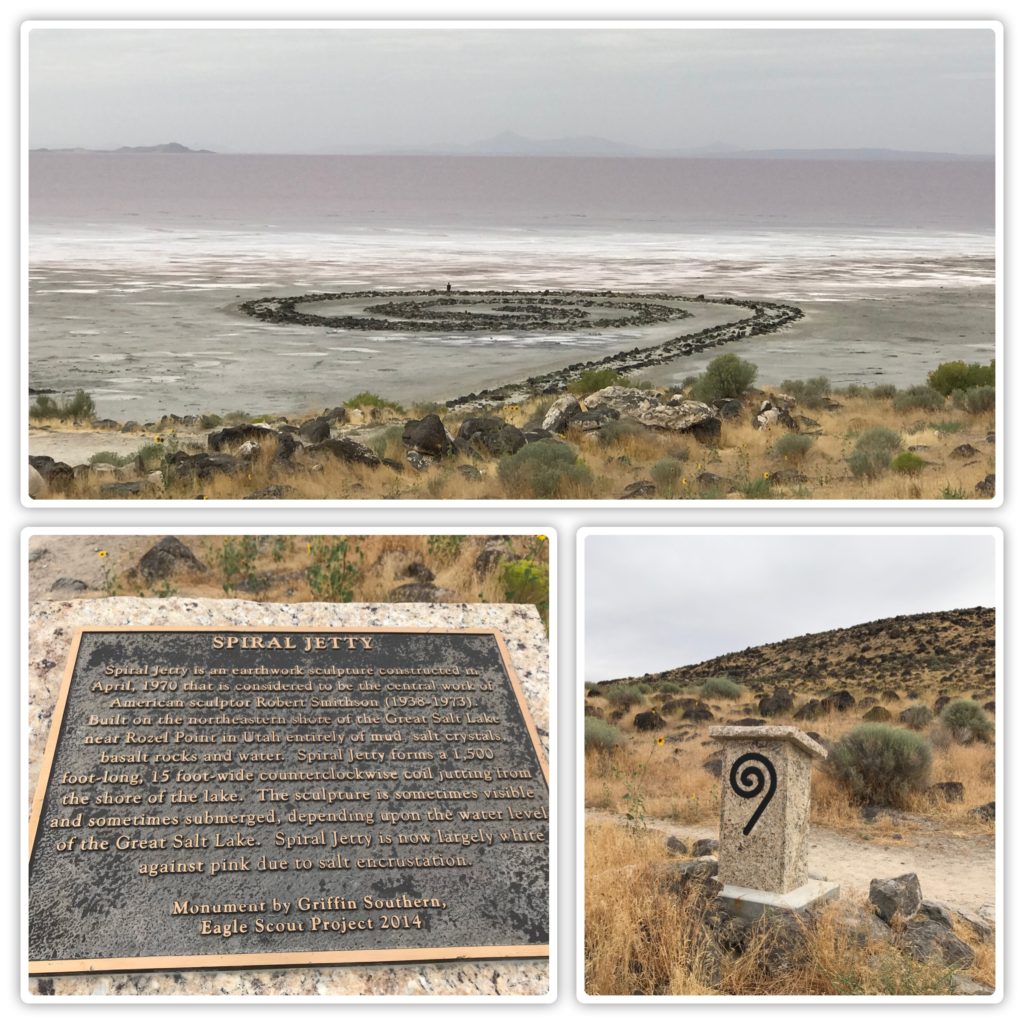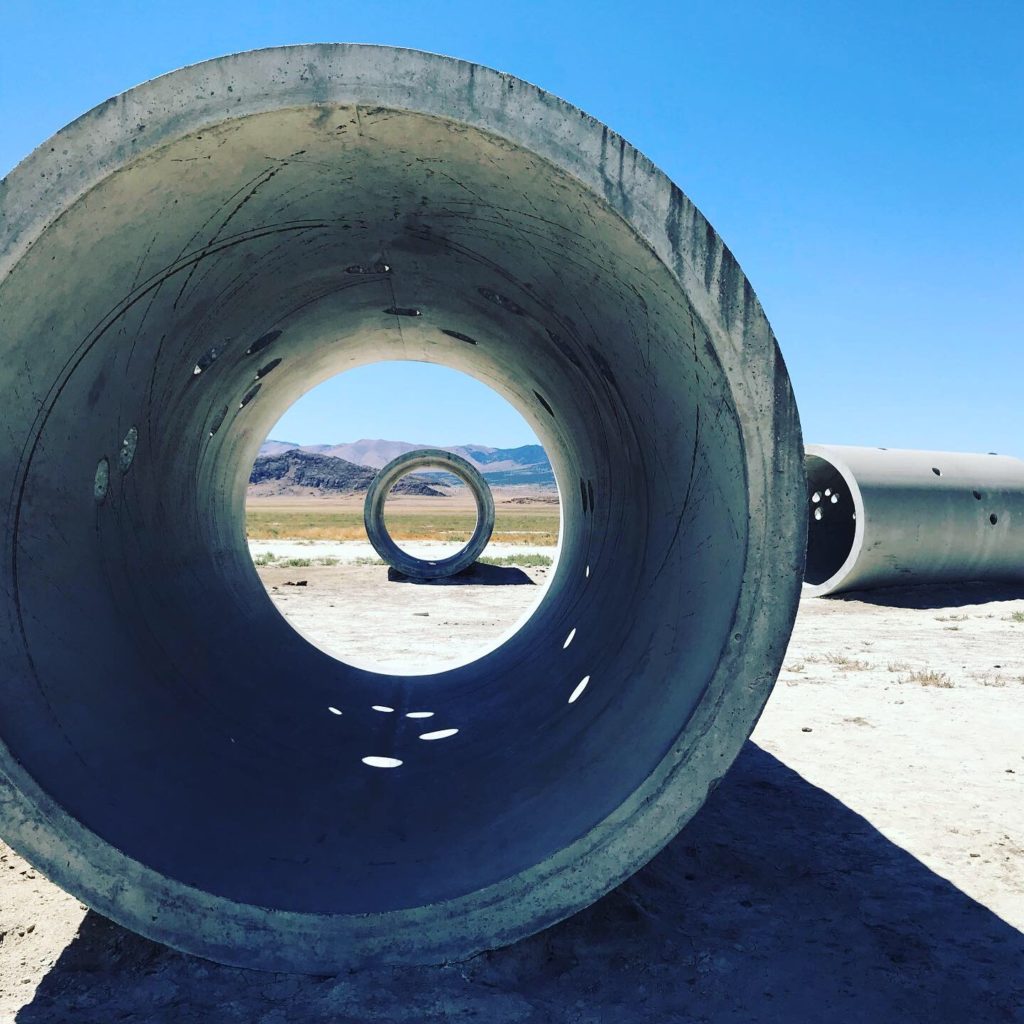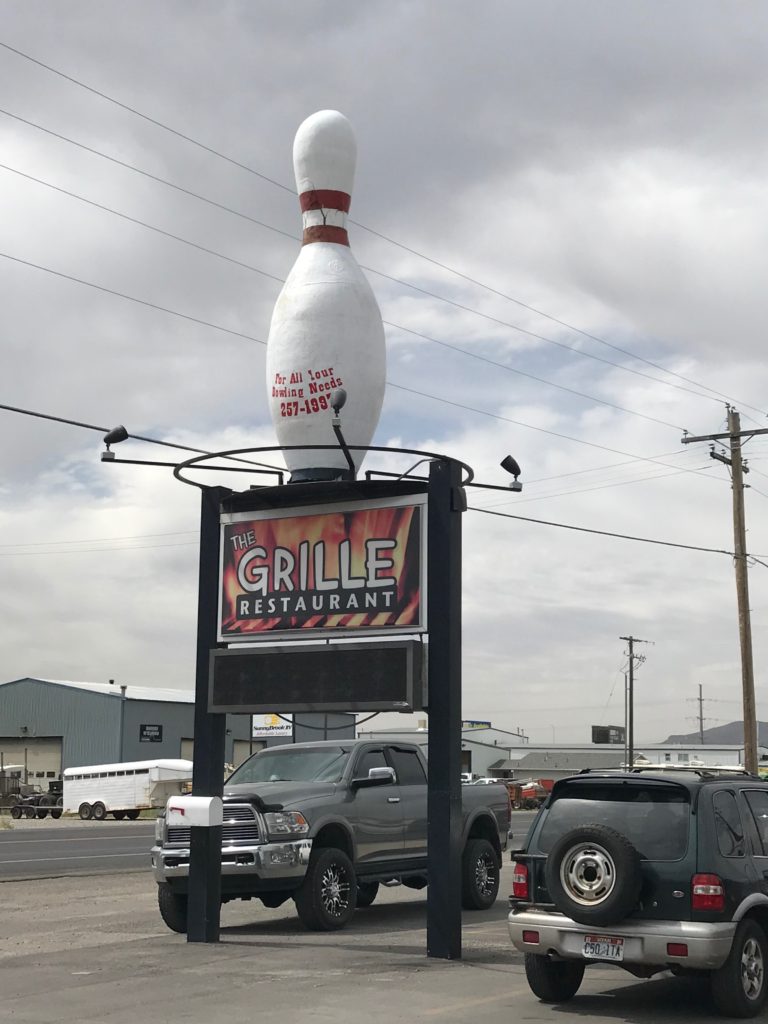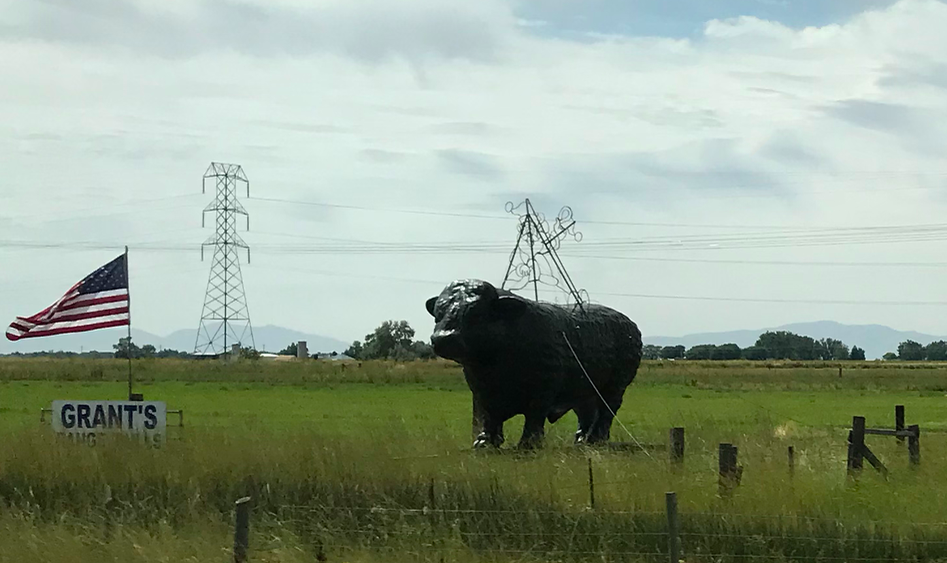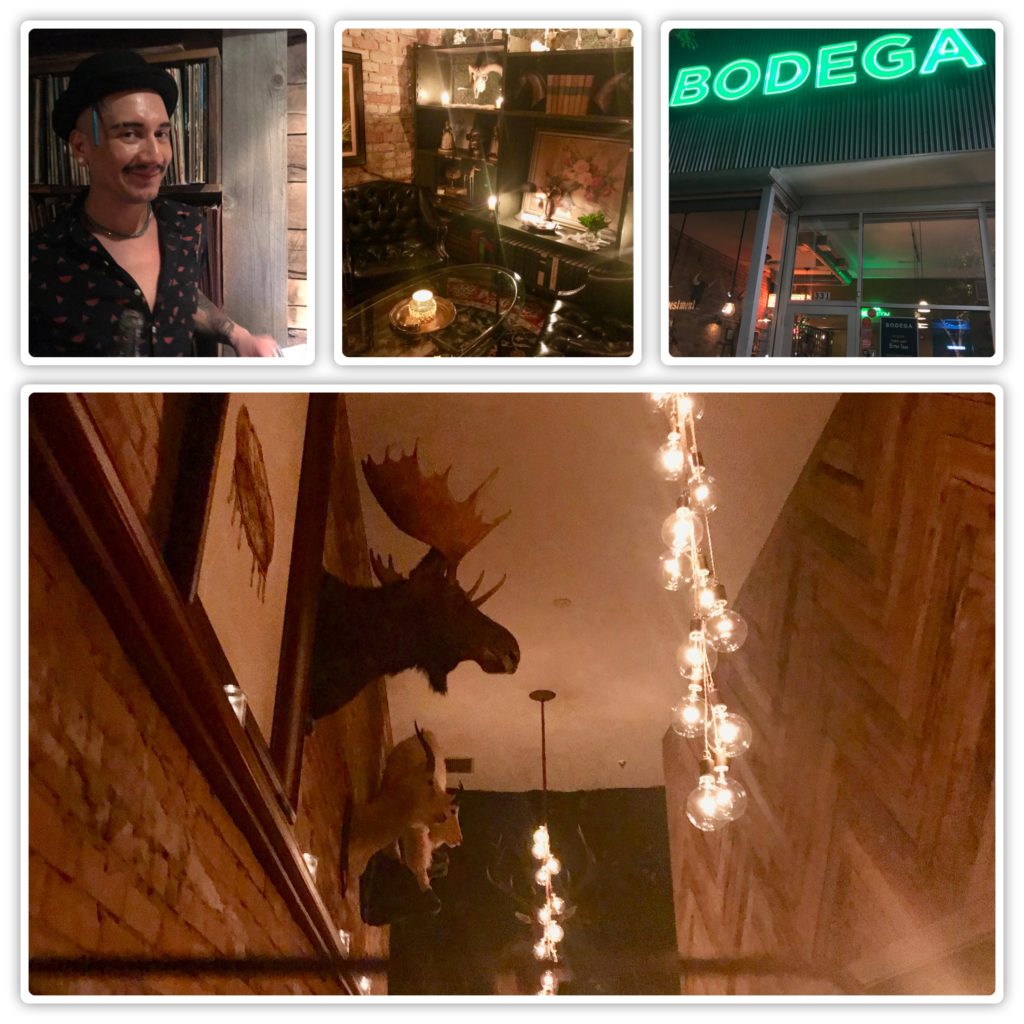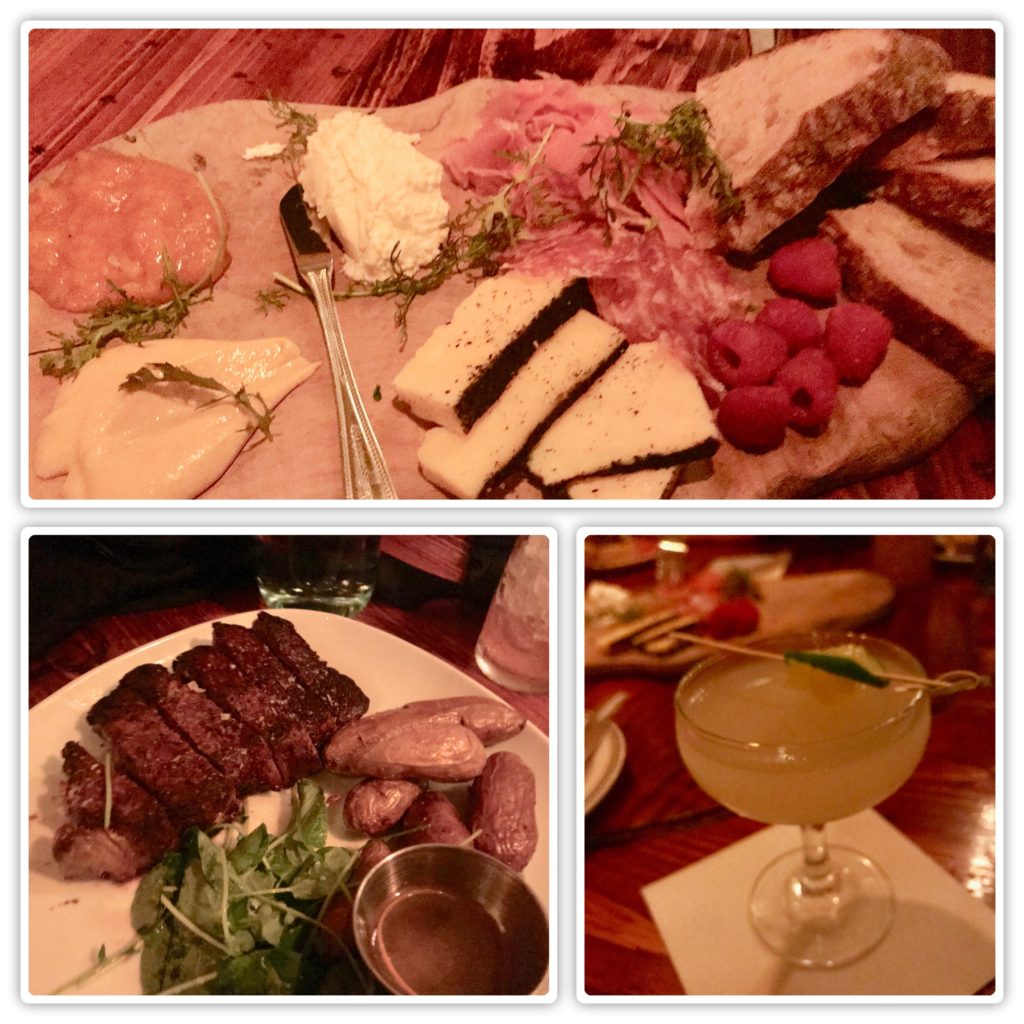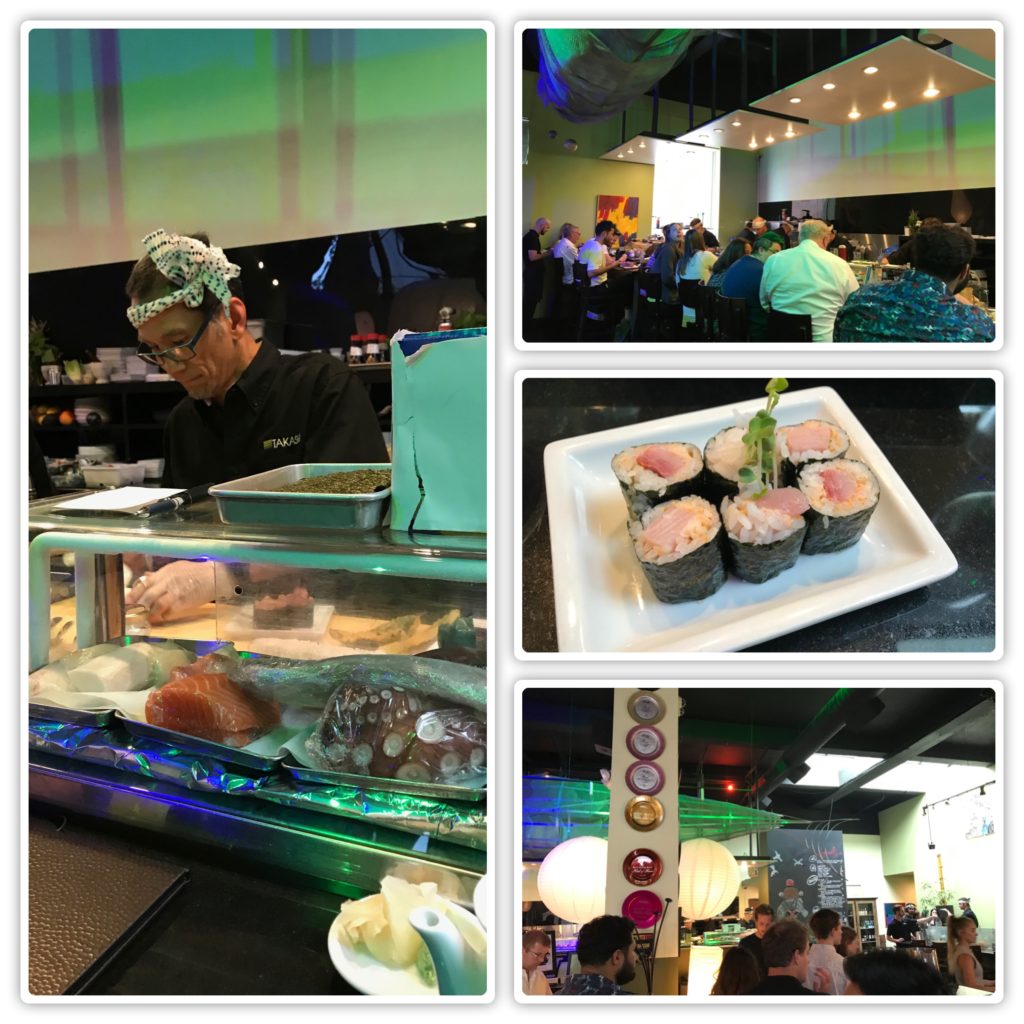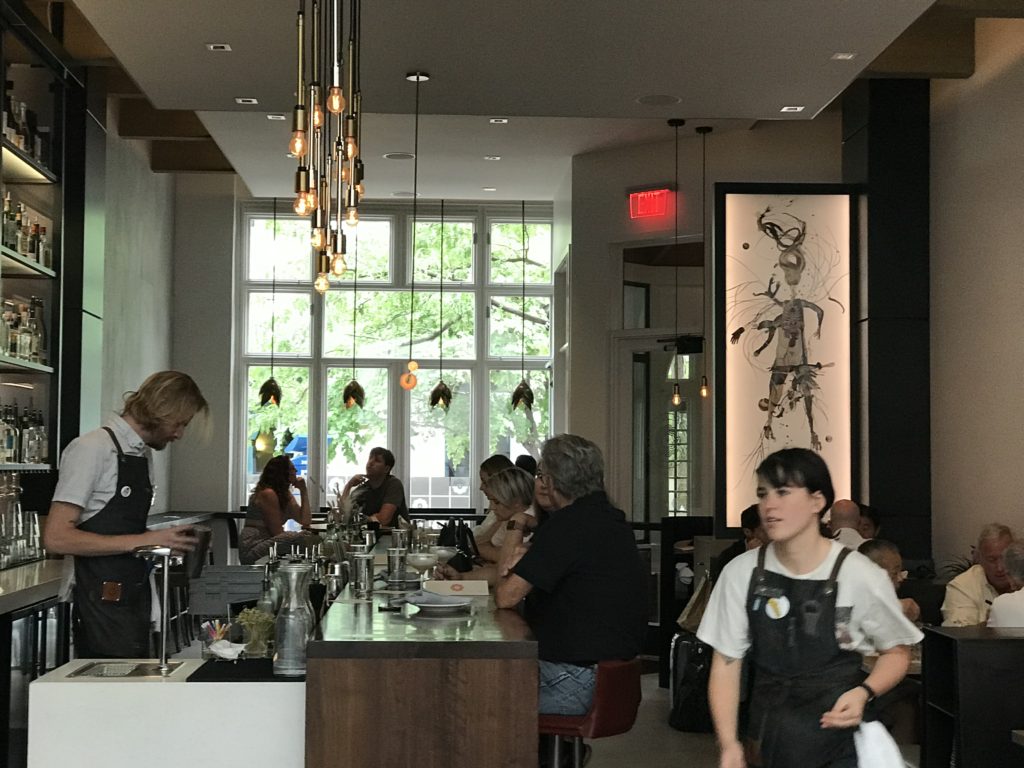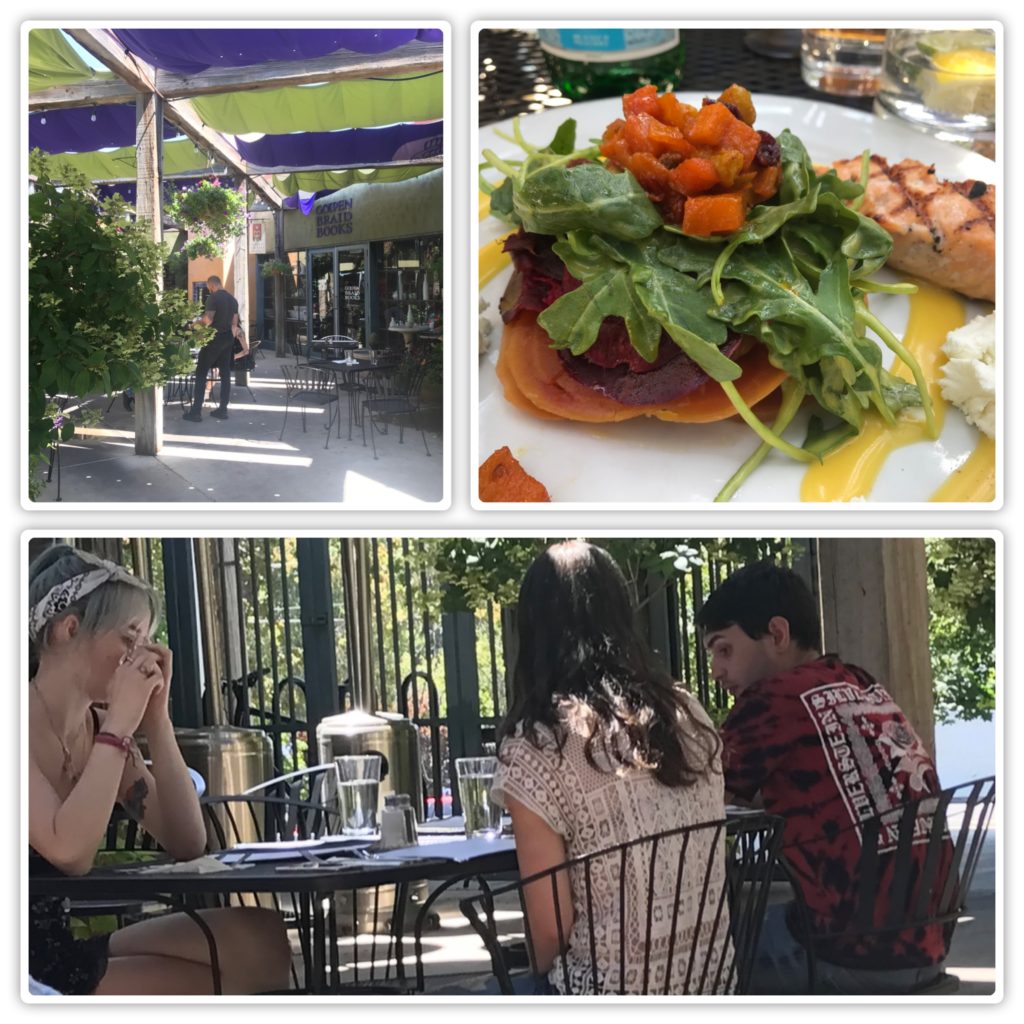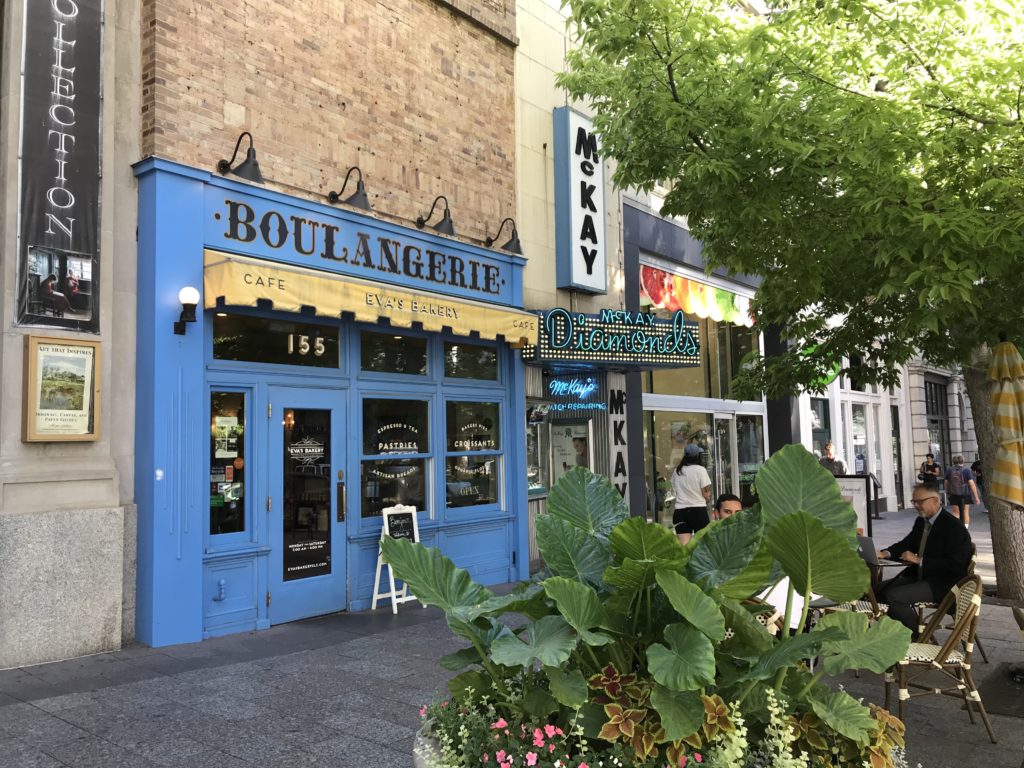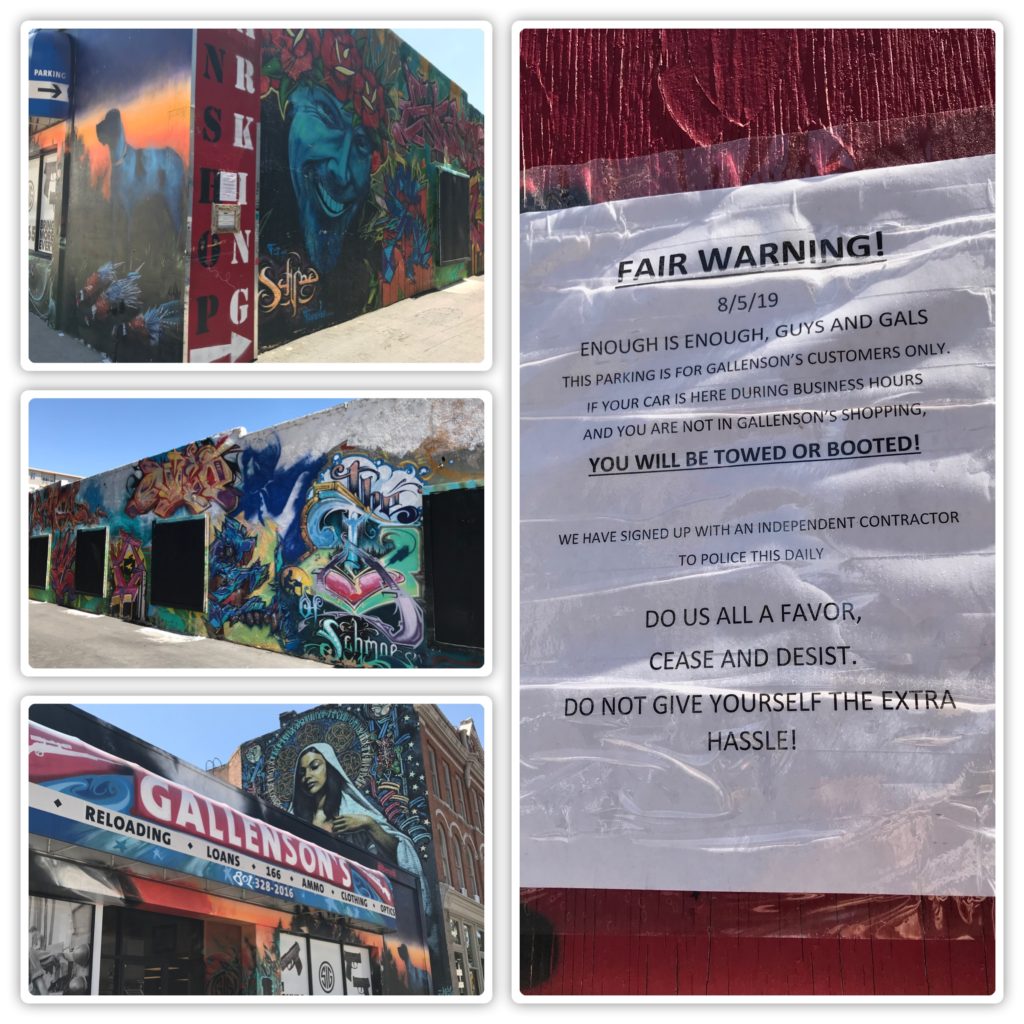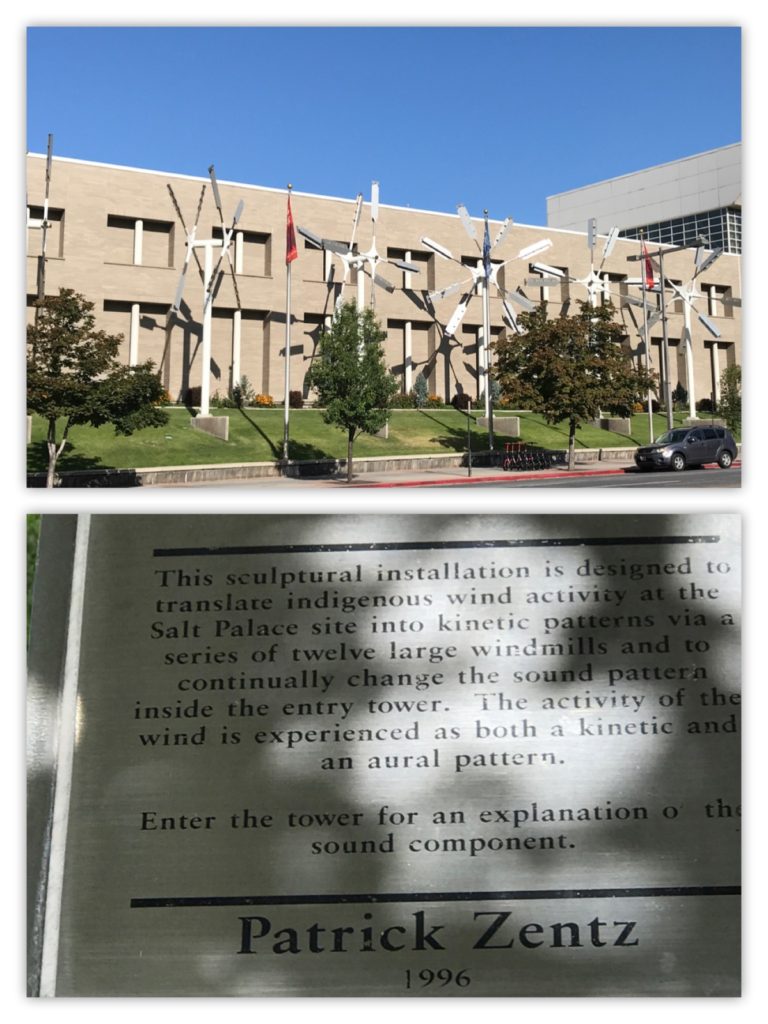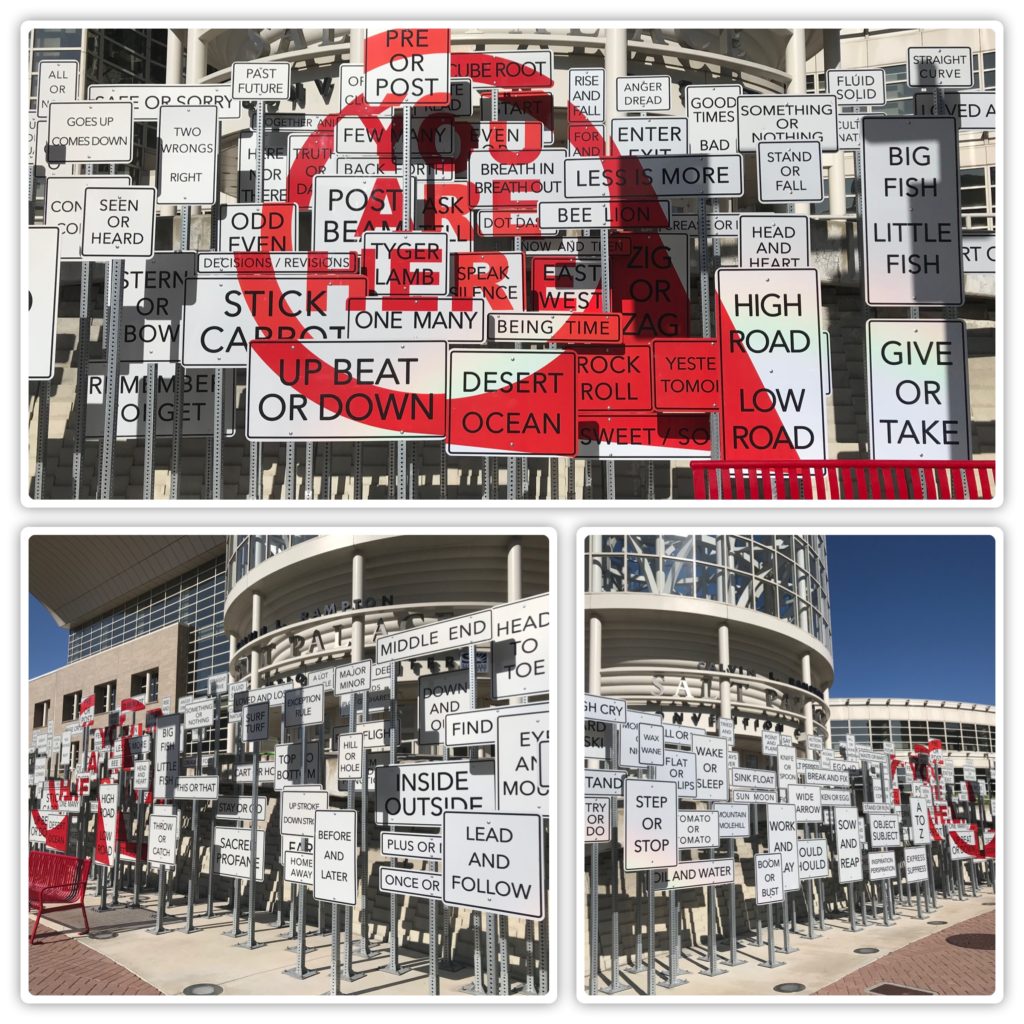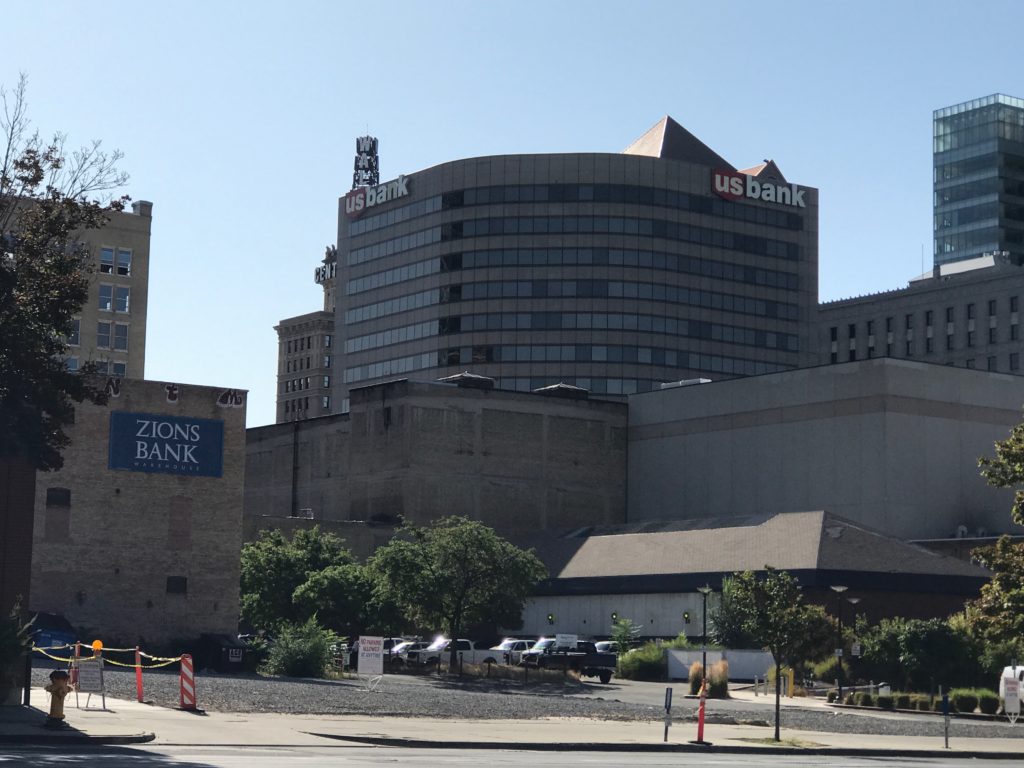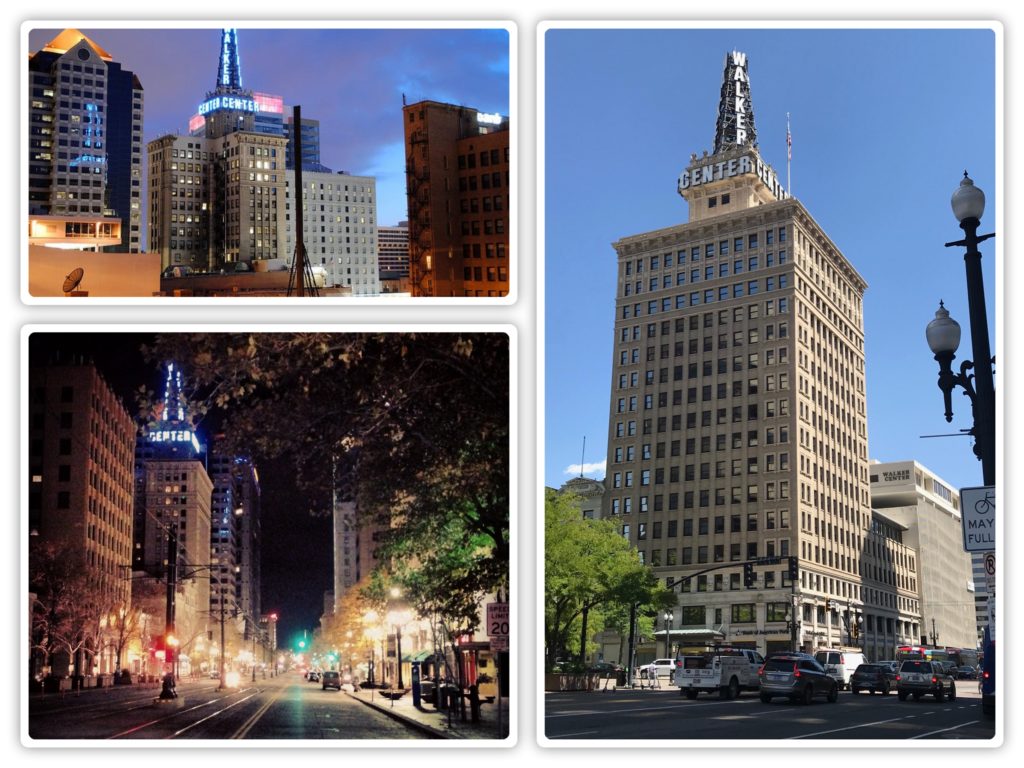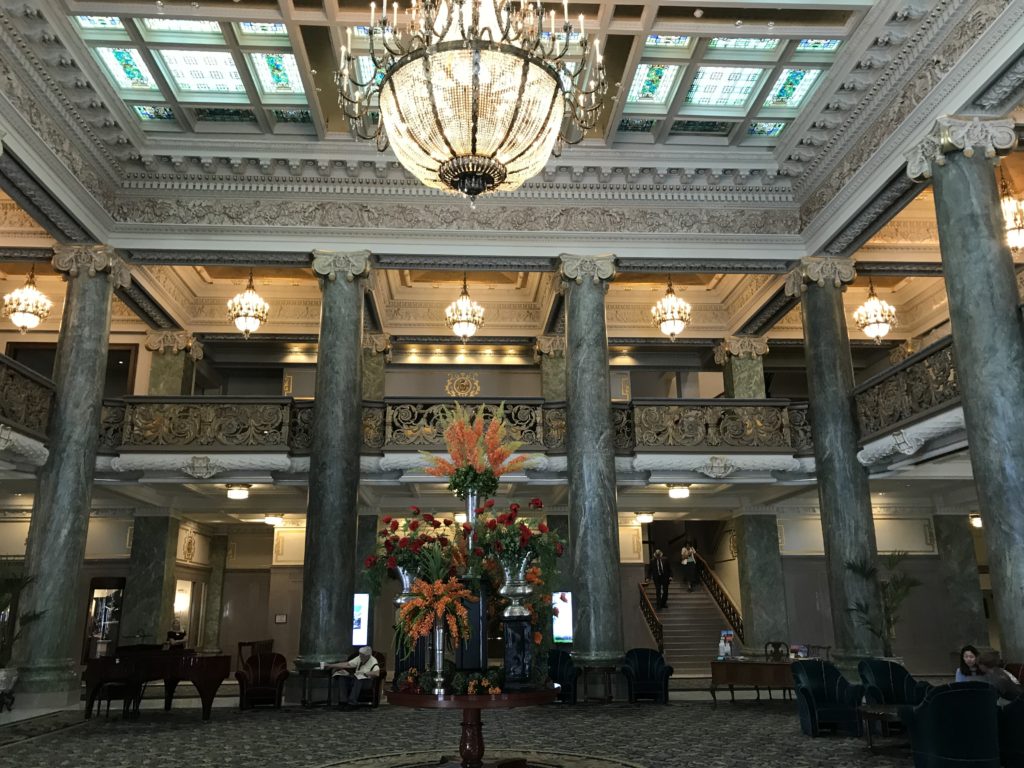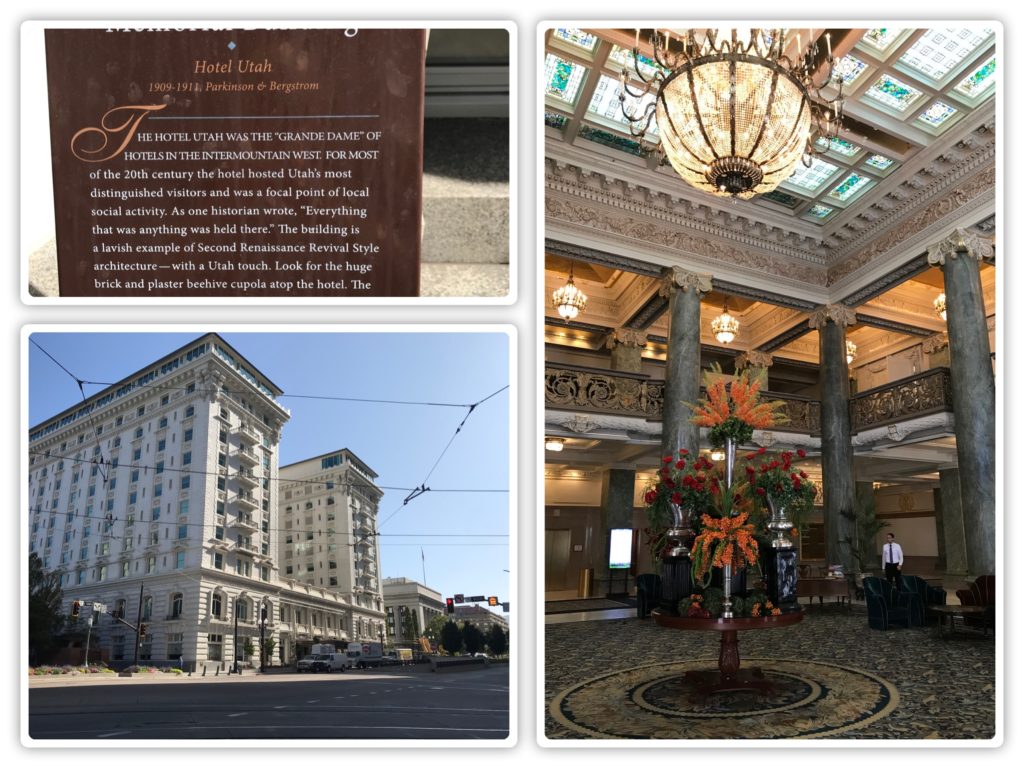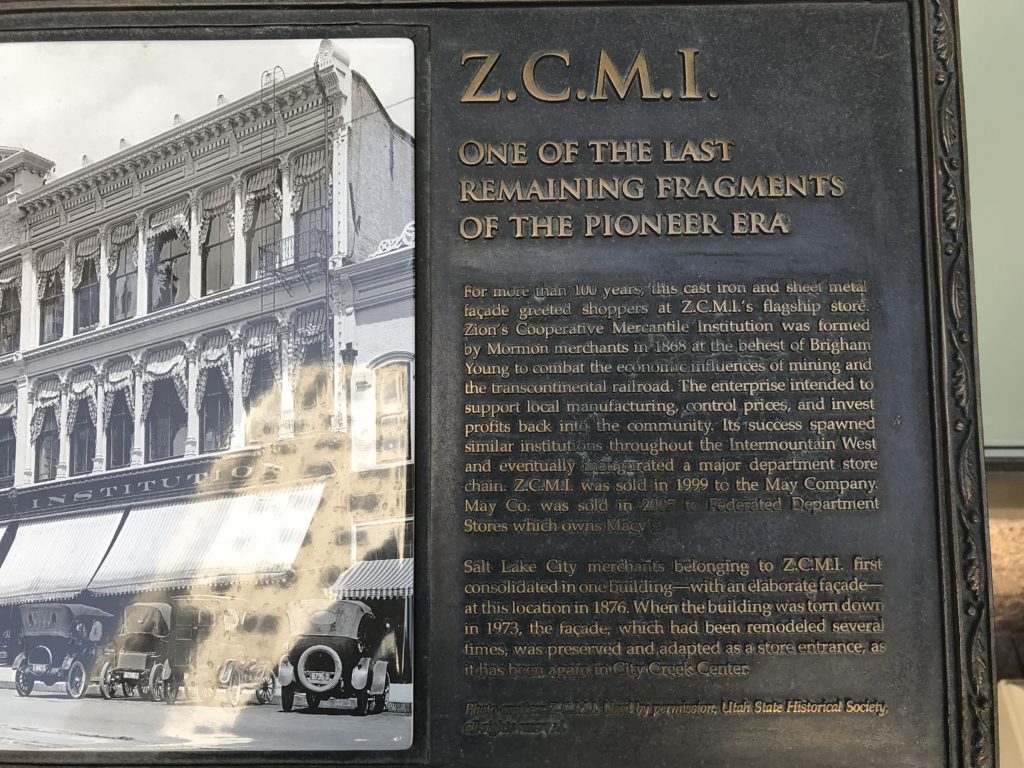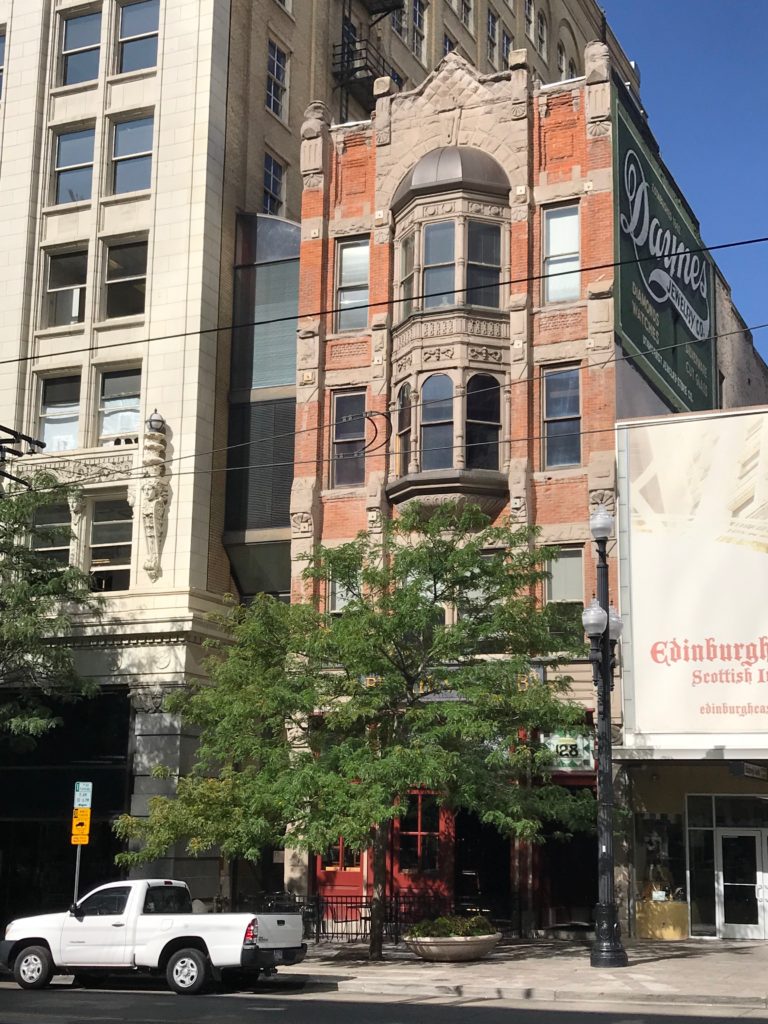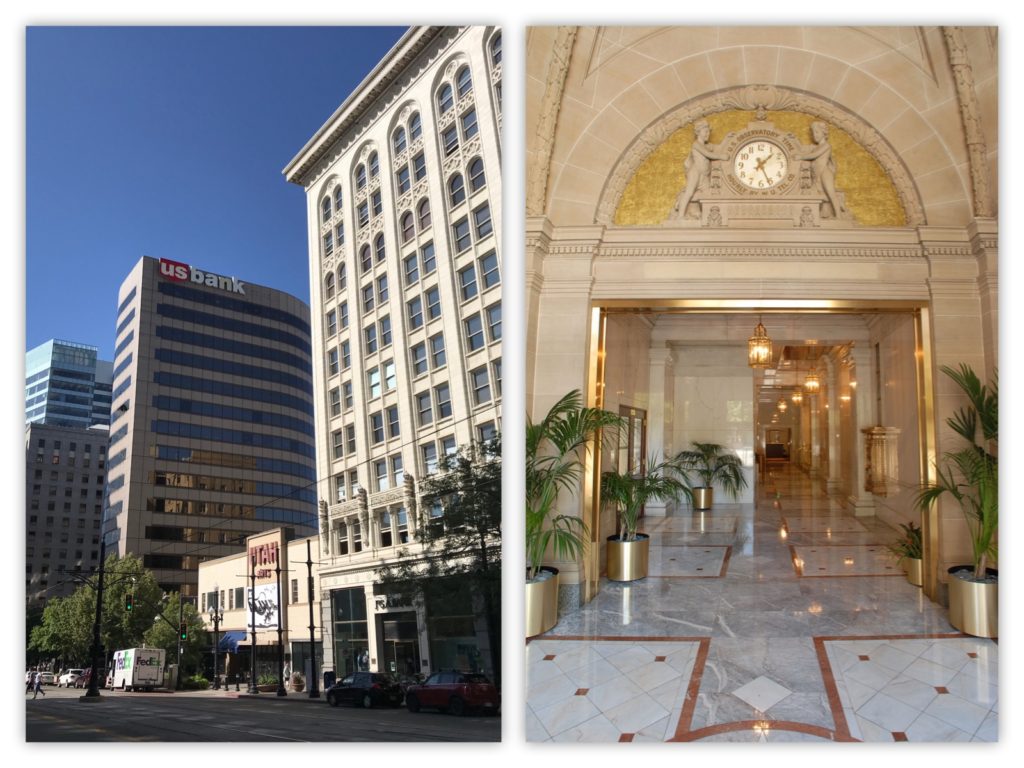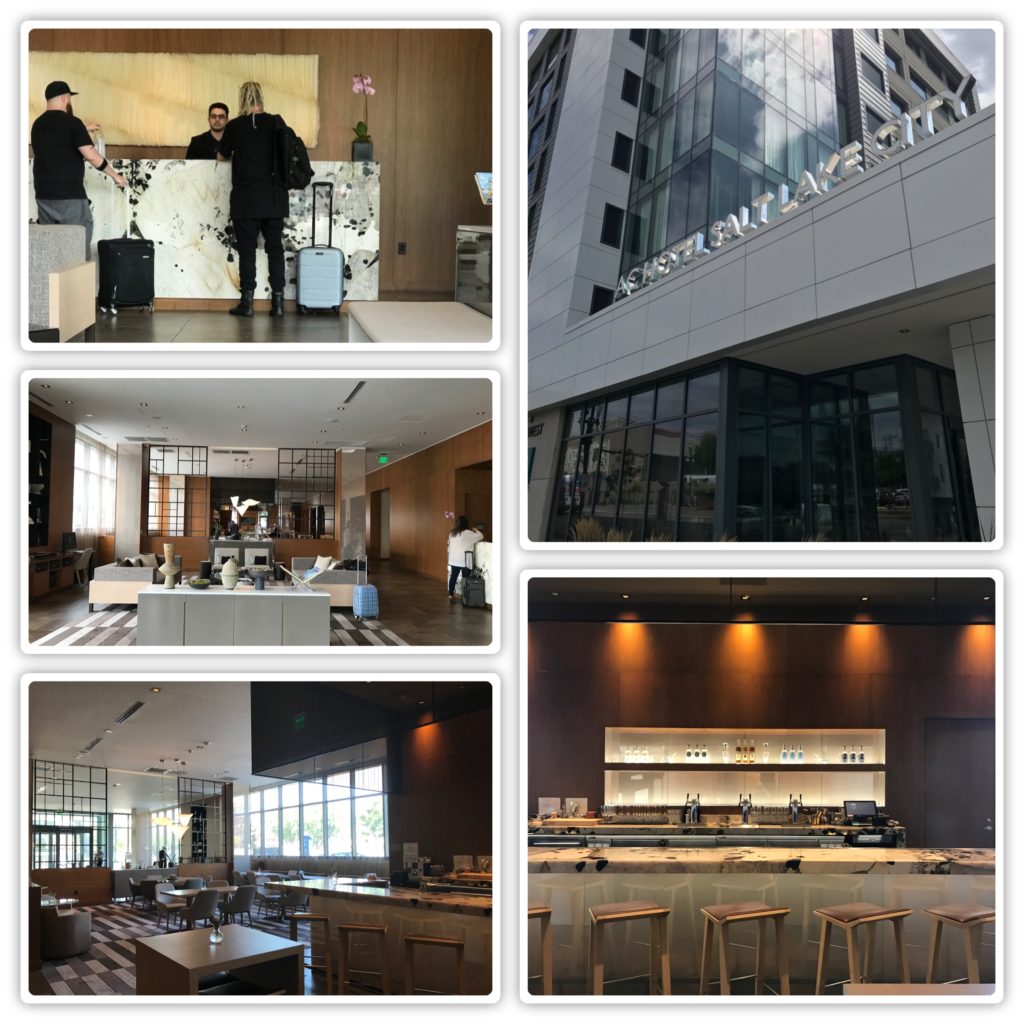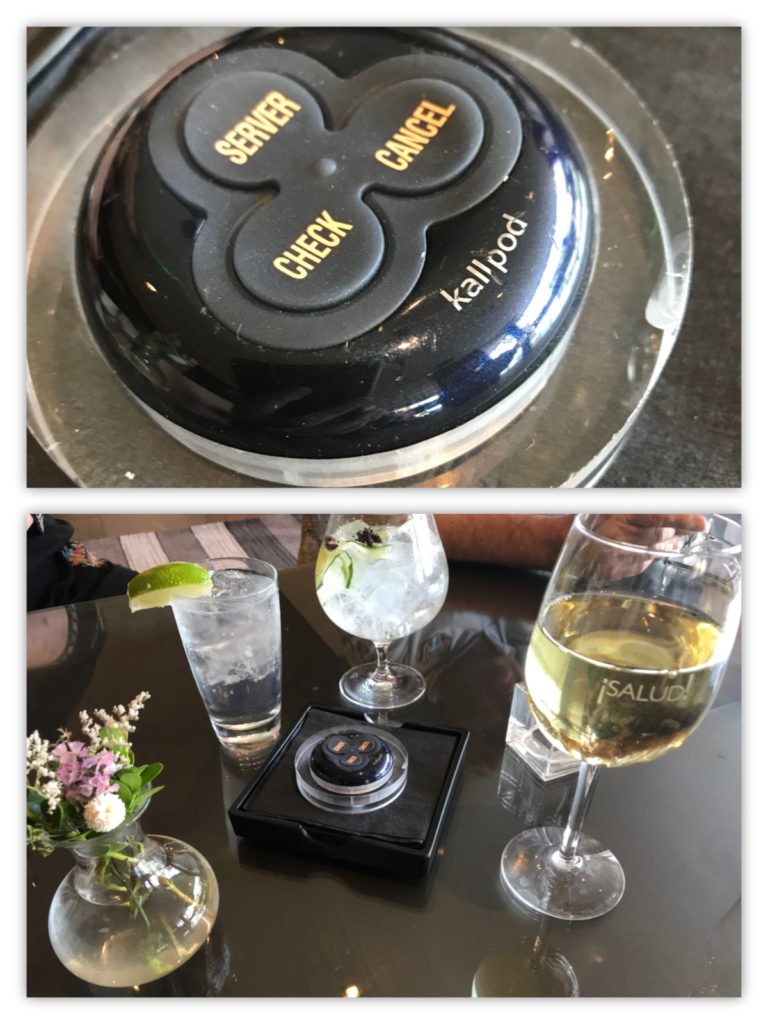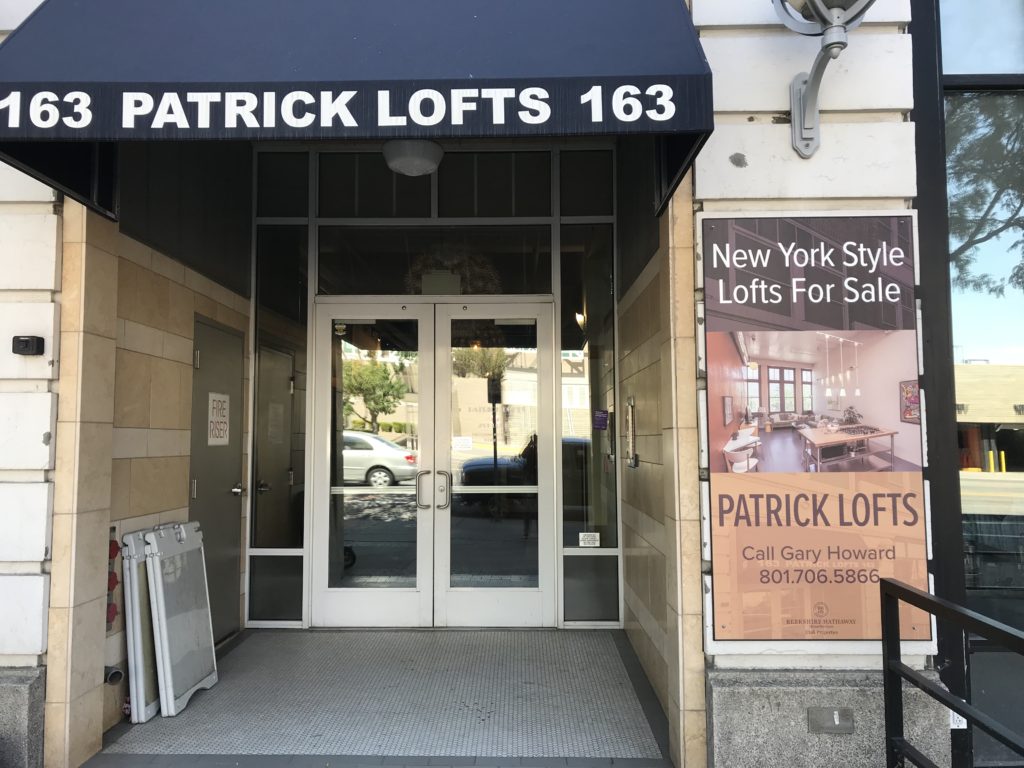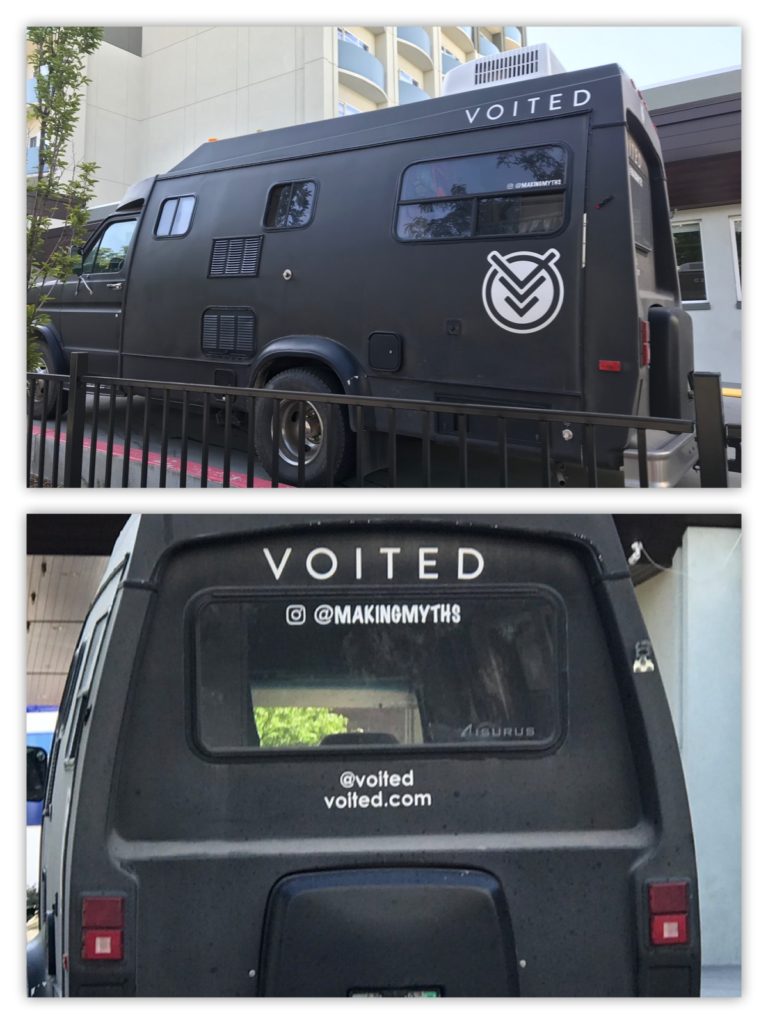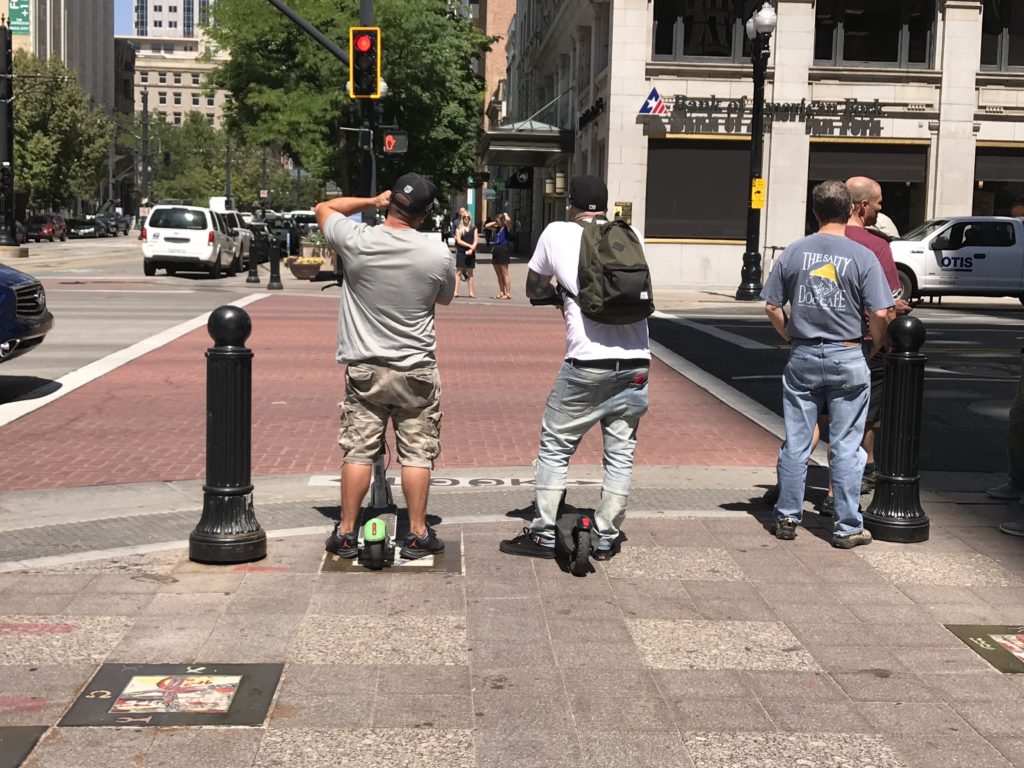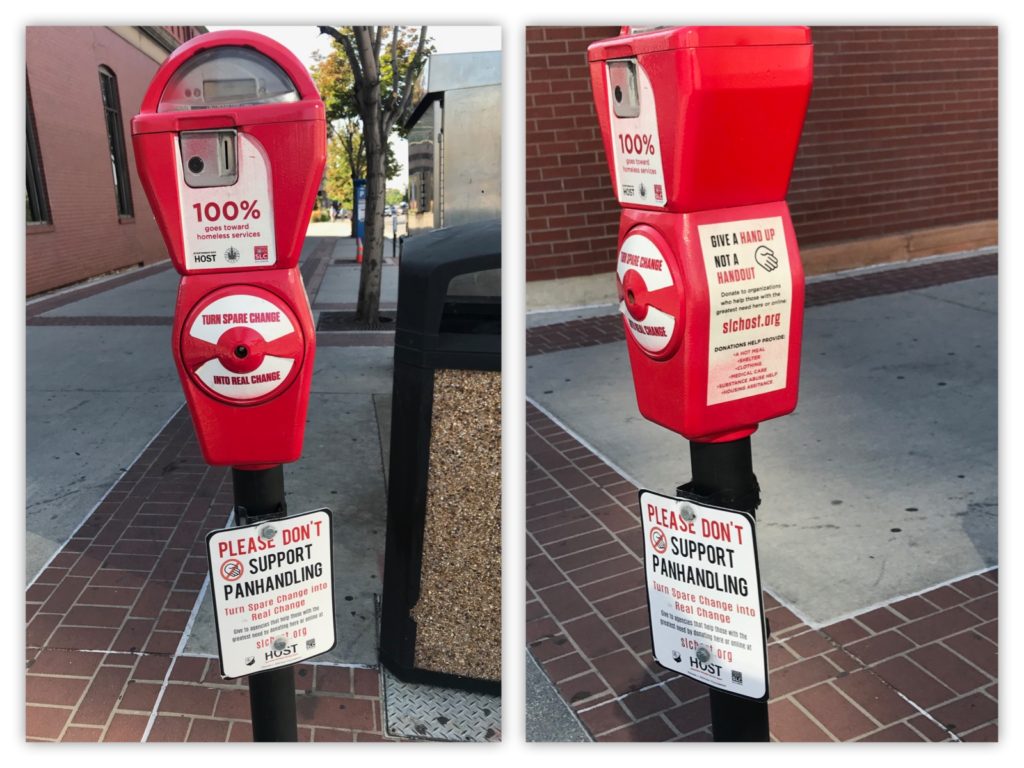Traveling To Salt Lake City? Here Are Some Of The Best Things To Do.
I’m fascinated and intrigued by SLC but can’t say I love it.
In a nutshell, Salt Lake City is a small, company town whose primary business happens to be the church, i.e., The Church of Jesus Christ of Latter-Day Saints. However, that church business is anything but small, instead it’s formidable in size and scope.
I wasn’t aware of the vastness of the Mormon business empire until I visited and explored the full range of its enterprises. Besides local businesses like Deseret Management Corporation, there’s a wide range of national and global busineses e.g., Marriott Hotels was founded by a Mormon as was Jet Blue, 1-800-Contacts, Bain Capital, Franklin Covey, Black & Decker and many others. Another thing to keep in mind when visiting SLC is that many stores, e.g., those at the Mormon-owned City Creek Center Shopping Mall will be closed on Sundays.
The Brothers and Sisters of the church are extremely prominent on the streets of SLC – especially the young men in their white shirts, ties, and backpacks. Oddly, once I arrived in SLC, I started getting sponsored content on Instagram from the Missionary Store. It sells outfits for young men going on missions. I had wondered how they manage to keep their shirts so impeccably crisp and white. This store had the answers: they offer shirts that wash easily and never need ironing. They even have a missionary clothing guide which, besides the non-iron shirts which they explain “look like you’ve spent 20 minutes pressing them,” also includes Teflon-treated ties and Drymax socks.
I was staying downtown and did a fair amount of walking. I basically encountered four kinds of people: members of the church, hipsters on e-scooters, conventioneers (the Salt Palace is nearby) and homeless men (who were acting all kinds of crazy).
That said, I liked how friendly and helpful the people were, especially those associated with the Church (see below for our experiences taking the guided tour and having our genealogy charts done at the Family History Library).
Scroll down for seven highlights including our visit to Robert Smithson’s Spiral Jetty (2-hour drive from SLC and the primary reason for this visit to Utah).
This is the heart and soul of Salt Lake City, and it is beautiful – from the gardens to the various buildings associated with the church, e.g., Assembly Hall or the Joseph Smith Memorial Building (formerly the very ritzy Hotel Utah).
However, the most exquisite building on the square is the Temple. At night, when it is lit up, it looks like a fairytale Disney castle. Unfortunately, it is not open to non-Mormons. And it is about to close for four years to undergo earthquake-proofing renovations.
We took the tour that is offered by young missionaries (in multiple languages).
It is free, and the tour guides are incredibly friendly and enthusiastic about answering any questions. However, there is not much to the tour – just the Tabernacle and the visitors’ center. But it was fascinating to learn about their lives, e.g., they have to pay to serve as missionaries. Also, all the tour guides are women because research showed they outperform – threefold – the men when it comes to engagement and book sales(?). I was surprised and happy to find that they encourage photography and social media posts while on the tour.
We also came back one evening to attend the Tabernacle Choir practice.
It’s not my kind of music, but my friends who are longtime fans of their Christmas concerts loved it. Choir practice is held every Thursday evening from 7:30-9:30 pm and is also free.
Another fascinating tidbit we uncovered on our tour is that the Church is rebranding. They no longer want to be referred to as Mormons or use LDS as an abbreviation. As of late last year, all of their media and communications started to use the church’s full name or simply “the Church” or “Church of Jesus Christ.”
2. Family History Library: The world’s most extensive genealogical library.
My friends Erika and John got their genealogy charts started. I sat with Erika as Sister Bennett took her through the process. As Erika’s family tree came into view with random, but fascinating, tidbits of information, I got goosebumps. It is an extraordinary service, and the church members who work in the library are absolute gems.
I would have liked to have done this myself but have virtually no info on my family beyond my mother and father.
3. Robert Smithson’s Spiral Jetty
I have wanted to visit Spiral Jetty for over a decade. Thrilled to have finally gotten the opportunity to not only view it but to walk on/around it.
It’s built on the northeastern shore of the Great Salt Lake near Rozel Point. It’s a two-hour drive, 30 minutes of which is on an unpaved gravel road.
Not surprisingly, interest in visiting the site has increased exponentially as the sea levels have dropped and the site is guaranteed to be visible year-round, 24/7.
Making it even more exciting, is seeing it in conjunction with Nancy Holt’s Sun Tunnels. Nancy Holt was married to Robert Smithson. She completed Sun Tunnels shortly after Smithson’s death. Both Spiral Jetty and Sun Tunnels are considered masterpieces and the artists’ defining works.
Nancy Holt deeded Spiral Jetty, as well as her land art, to the Dia Foundation before her death in 2014.
Tips if you go:
Have a full tank of gas and have your driving directions accessible without GPS – internet service is very spotty.
A great local spot for lunch or dinner afterward is The Grille Restaurant in Tremonton – about midway between Spiral Jetty and SLC. It’s not fancy, but it’s the best meal you’ll find in those parts.
One other roadside attraction to be on the lookout for is the Grant’s Range Bulls statue at the side of the road in Brigham City.
4. Restaurants
The restaurant scene in SLC is limited, but there are a few standouts:
The Rest is super cool. It’s an underground space (literally in the basement) of a bar called Bodega. You book through Open Table, and a charge of $40 per person is placed on your credit card to hold the reservation. The process of getting in is a bit much, but once you’re seated downstairs, it is fabulous.
It’s a very chill ambiance – lots of taxidermy, art installations, a vinyl station to play records, and great lighting. It’s a bit like Freeman’s in NYC but taken to the next level.
The food is remarkably good – we had a delicious charcuterie board, plus steak and scallops. The only disappointment was my cocktail – I had asked for something smoky and spicy, and it was just a bit underwhelming, which may be a result of their liquor laws limiting pour amounts.
Our server, Matt (who may also be the manager) was terrific (pic above top left). I would definitely come back here.
Takashi: Everyone raved about this sushi restaurant. It takes no reservations but opens at 5:30 pm for dinner. I was there at 5:20, and there were at least 50 people in line ahead of me. Fortunately, I got a seat at the sushi bar next to a few regulars. Supposedly our sushi chef was a master. I can’t say this was the best sushi I’ve ever had – it was certainly good, but I will also be the first to admit that while I love sushi, I am no connoisseur.
Post Office, right next door, is from the same owners as Takashi. It is a Peruvian/Japanese fusion place serving small plates and is meant to appease those who are waiting to get seated at Takashi (where the wait is sometimes 90-minutes). I didn’t eat at Post Office, but I love the style and look of the place – for me, it might be preferable to Takashi.
Oasis Café is a bit hippy-esque. It attracts a cool, artsy crowd. It’s in a compound along with Golden Braid Books (hosting a Psychic Fair this weekend). Our lunch was delicious (I had the beet tower with salmon). I can see why it’s a favorite spot among health-oriented locals.
Boulangerie: This café (aka Eva’s Bakery) is gorgeous. I wish I had come across it earlier during my visit.
5. Street art murals and public art
I discovered an alley full of street art on my walkabout on 200 South Street. I also noticed that there were all kinds of warnings at the entrance about Gallenson’s customers.
It’s not until I got done shooting all the murals that I realized Gallenson’s is into a different kind of shooting: guns, ammo, optics, clothing, and even loans to make those purchases!
I also came across two interesting public art pieces outside of the Salt Palace (SLC’s Convention Center):
The Salt Palace Windmills by Patrick Zentz was installed in 1996.
The “Point of View” installation (below) is the work of Maine artist Aaron T. Stephan. It was created in 2016 and consists of more than 150 standard road signs with diametrical words like “catch/throw” or “speak/silence.”
6. Downtown Architecture
Aside from Temple Square, Salt Lake City is NOT a pretty city. It’s kind of a jumble of random, uninspiring office buildings (most often banks). Where are the urban planners when you need them?
But there are a few notable exceptions that have been saved from the wrecking ball.
Walker Center: a fabulous building that is on the National Register of Historic Places. It was considered a skyscraper when it was built over 100 years ago (as a bank HQ’s naturally). At 16 stories, it was the tallest building between Chicago and San Francisco.
What’s especially fascinating, is its 64-foot weather tower, which gives a weather forecast based on the color of the lights. The meaning of the tower colors are Blue = clear skies (all we saw while there), Flashing blue = cloudy skies, Red = rain, Flashing red = snow.
Joseph Smith Memorial Building: Originally built as a grande dame, super-luxury hotel. It is a glorious example of Second Renaissance Revival style architecture and is on the National Register of Historic Places.
Z.C.M.I. Building: Now Macy’s, but for more than 100 years this cast iron and sheet metal façade greeted shoppers as the flagship store of Zion’s Cooperative Mercantile Institution. It was founded by Mormon merchants in 1868 to serve and support the local community. The building was torn down in 1973, but the façade was preserved and adapted.
The Daft Block, also known as the Daynes Jewelry Building is a 4-story Richardsonian Romanesque commercial building designed by Elias L. T. Harrison and H.W. Nichols and constructed 1887-1889. It was added to the National Register of Historic Places in 1976.
The Kearns Building (pic below adjacent to the US Bank Bldg) is a 10-story office building that has been described as Sullivanesque. It was added to the National Register of Historic Places in 1982.
7. Where to stay: AC Hotel by Marriott
I loved this hotel. It’s new and has a cool vibe. The rooms are comfortable, location is great and the staff is terrific. The clientele ranges from conventioneers (educators while I was there) to an assortment of creative types.
The AC also utilizes a buzzer system by Kallpod to call your server should they not be around when you need a cocktail ASAP. First time I’ve seen this and our server did indeed come running pronto.
The only thing that could stand improvement is breakfast. For $15, I would expect house-made oatmeal, not the instant kind that I have to make myself. On my last day, I discovered they serve free coffee in the lobby and I would have preferred to have gotten a pastry from one of the nearby cafes.
Miscellaneous Observations:
Downtown Living: I’m not sure if anybody lives downtown. It does look like they are trying to turn some of the older buildings into “New York Style Lofts.” I’m not optimistic it will go well.
Voited Van (aka @MakingMyths on Instagram): Saw this van parked at the Holiday Inn and thought it was part of the field training exercise the police were conducting while we were there. However, in checking out the hashtag on the van, it turns out these may be the creators of the Voited brand of products for people leading the #vanlife. I’m now following them on Instagram as they travel North to Idaho.
E-scooter Hell: Of all the cities I visited on this cultural immersion, SLC had the most aggressive, out-of-control e-scooter riders. They have taken 100% control of the sidewalks. Pedestrians have to be on high alert as dozens of scooters whizz by day and night, going well over 20 mph. I overheard one woman say to her pals as they rolled up to the hotel, “that’s way cheaper than an Uber.”
Turn Spare Change Into Real Change: These meters, meant to discourage giving to panhandlers, are all over downtown – as are the homeless. Not sure how well the “give a hand up not a handout” message is resonating. I was never approached for money during any of my walks.
Homelessness: Way more than I would have anticipated. Primarily men, with a variety of mental illnesses. From what I heard and saw, there’s been a significant increase in homeless camping in local parks which has families worried and asking for more police patrols.
Bottom Line.
A small town with the same kind of big-city problems I’ve seen elsewhere.
Of all the cities I’ve hit up this summer, SLC is the most intriguing because of the presence and the power of The Church. However, it’s also the most sleepy when it comes to any kind of nightlife or foodie scene. In terms of the arts, there’s nothing contemporary going on at all that I could see. Spiral Jetty is fabulous but was created in the ’70s and is in a remote location 2 hours from SLC.
My initial concerns about not finding much to do here were well-founded. The majority of people coming to SLC (unless they’re coming for church business) are here for outdoor activities – hiking, camping, skiing. SLC is the gateway for fantastic outdoor fun; city life is secondary.

